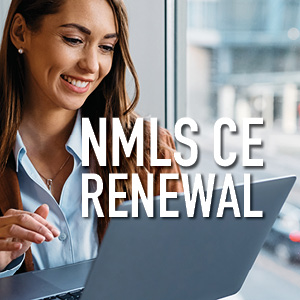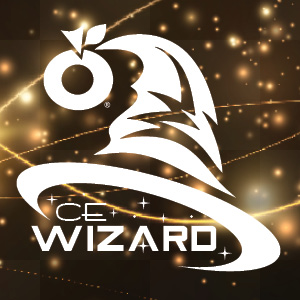The easement in gross gives the owner of the easement the right to use real property for a particular purpose

By Jeff Sorg, OnlineEd Blog
(April 9, 2019)
(PORTLAND, Ore.) OnlineEd – The easement in gross gives the owner of the easement the right to use real property for a particular purpose. An easement in gross does not attach to or benefit a parcel of land and is usually created for the benefit of a legal person such as a utility company or railroad. The important characteristic of an easement in gross is that it gives the limited right to use another’s land and it is not created for the benefit of any land owned by the owner of the easement.
The land over which the easement in gross crosses is burdened by the easement and is known as the servient tenement. Since the easement right is personal and does not benefit another parcel of land, there is no dominant tenement.
Most easements in gross are for commercial purposes, are not revocable, (the servient tenement landowner cannot revoke the easement), and can be assigned to another legal entity. Some common examples of easements in gross are sewer lines, gas lines, electric lines, cable lines, etc.
Commercial easements in gross provide for the right to cross a property with the physical cable, pipe, power line or the like, as well as the right to re-enter the property after the initial installation to perform maintenance, repairs, and updates.
###
OnlineEd blog postings are the opinion of the author and not intended as legal or other professional advice. Be sure to consult the appropriate party when professional advice is needed.
For more information about OnlineEd and their education for real estate brokers, principal brokers, property managers, and mortgage brokers visit www.OnlineEd.com.
All information contained in this posting is deemed correct as of the date of publication, but is not guaranteed by the author and may have been obtained from third-party sources. Due to the fluid nature of the subject matter, regulations, requirements and laws, prices and all other information may or may not be correct in the future and should be verified if cited, shared or otherwise republished.
OnlineEd® is a registered Trademark


